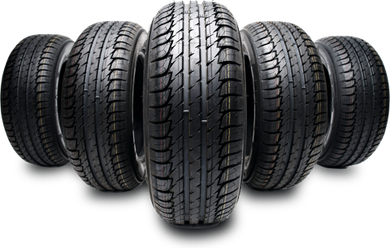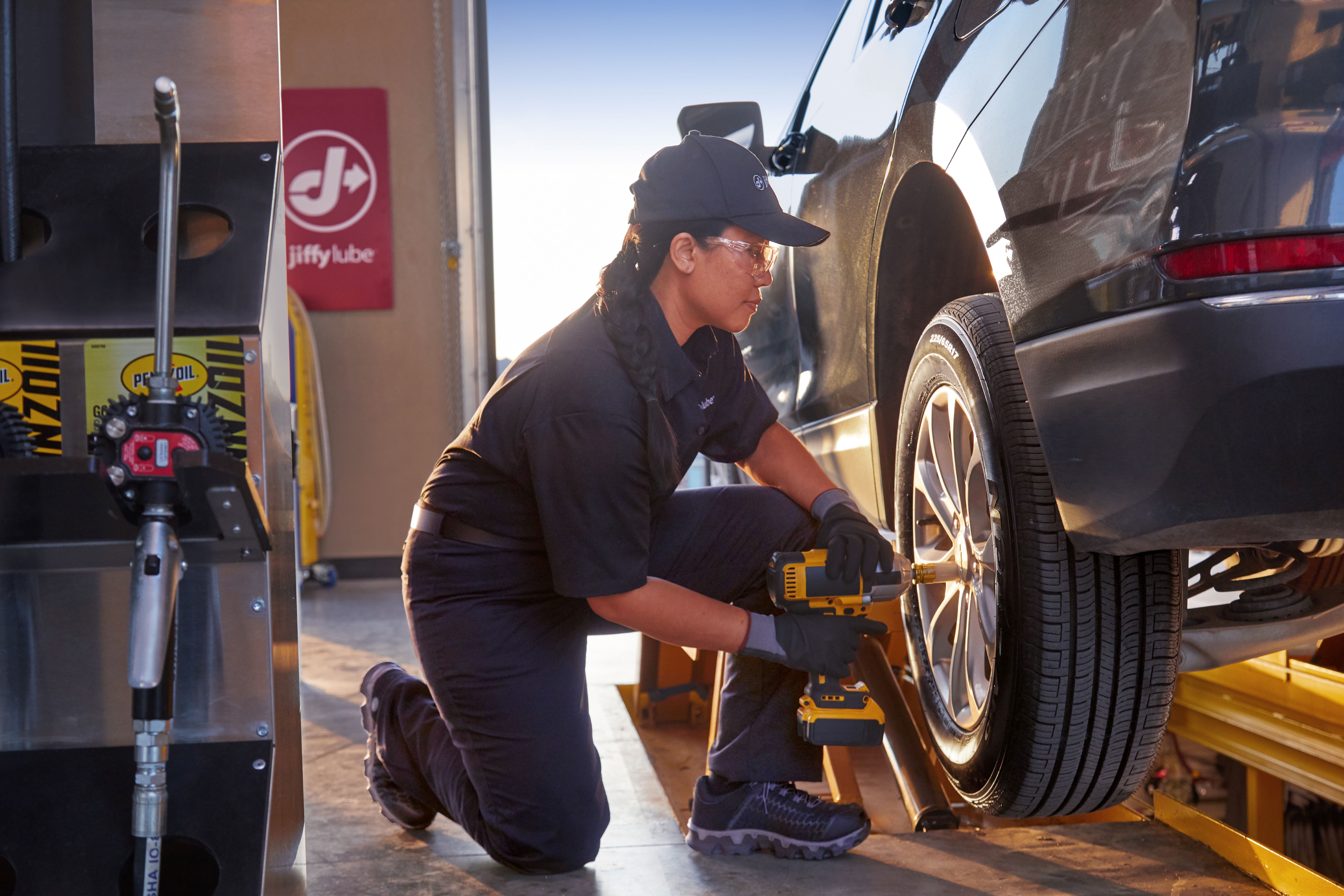Locate the Best Tires Morris IL: Comprehensive Choice Offered
Locate the Best Tires Morris IL: Comprehensive Choice Offered
Blog Article
Tire Solution: Understanding Tire Stress Surveillance Solutions
Comprehending Tire Stress Tracking Equipments (TPMS) is an important facet of preserving optimum vehicle efficiency and security on the road. With improvements in automotive modern technology, TPMS has come to be a common feature in contemporary lorries, offering real-time info on tire stress degrees.

Relevance of TPMS
The importance of Tire Pressure Surveillance Solutions (TPMS) hinges on their ability to enhance car safety and security and performance with real-time monitoring of tire pressure degrees. Maintaining the proper tire stress is important for guaranteeing ideal handling, braking, and total security of a car. TPMS provides vehicle drivers with instant comments on any overinflated or underinflated tires, permitting for timely adjustments to be made.
Elements of TPMS
Comprising different vital aspects, a Tire Stress Surveillance System (TPMS) operates as an advanced safety and security feature in contemporary lorries. The main components of a TPMS include sensors, a control component, and a caution indicator. Sensors are normally located in the tire valve stem or connected to the wheel setting up, where they measure tire pressure and transfer data to the control module. If it identifies considerably reduced stress in any of the tires, the control module processes this info and activates a caution. The warning sign, commonly an icon on the control panel, alerts the driver to check the affected tire or tires. Some advanced TPMS models also display the real tire pressure readings for every tire, offering chauffeurs with real-time info to make certain optimal tire efficiency and safety. By checking tire stress continuously, TPMS helps prevent accidents, reduces tire wear, and enhances gas performance, making it an essential element for automobile safety and security and efficiency.
Kinds Of TPMS

On the various other hand, indirect TPMS counts on the vehicle's wheel speed sensors to keep an eye on tire stress. This system detects underinflation by comparing the rotational rates of the wheels. Indirect TPMS is much less pricey than direct TPMS, as it uses existing sensors within the lorry.
While direct TPMS supplies much more exact analyses, indirect TPMS is easier in layout and commonly calls for less maintenance. Both systems have their restrictions and benefits, and the option between them commonly relies on variables such as price, lorry make, and individual choice. Recognizing the distinctions in between these 2 sorts of TPMS can aid vehicle proprietors make notified choices pertaining to tire maintenance and safety.
TPMS Maintenance Tips
Efficient maintenance of TPMS is vital for ensuring optimal performance and safety and site web security of your lorry. Routinely examining the TPMS sensors for any damages or deterioration is crucial. Ensure that the sensing units are tidy and cost-free from particles that can interfere with their performance. Furthermore, it is recommended to check the sensor batteries regularly and replace them as required to assure accurate analyses. Conduct regular look at the tire stress degrees and contrast them with the TPMS analyses to ensure they are constant. If there are any kind of disparities, rectify the system complying with the maker's standards. Moreover, throughout tire rotation or substitute, make certain that the TPMS parts are managed carefully to stop any possible damage. Finally, if the TPMS advising light brightens on the dashboard, deal with the concern immediately by inspecting the tire pressures and the general system for any type of faults. By adhering to these maintenance suggestions, you can lengthen the lifespan of your TPMS and improve the safety and security of your driving experience.
Benefits of Proper Tire Pressure
Keeping proper tire stress, as emphasized in TPMS Maintenance Tips, is vital for reaping the numerous advantages associated with ideal tire pressure degrees. Additionally, correct tire stress ensures also tire wear, prolonging the lifespan of the tires and advertising more secure driving problems. In conclusion, the benefits of appropriate tire stress go past just tire longevity; they incorporate improved fuel performance, enhanced security, much better lorry performance, and overall driving comfort.
Verdict
Finally, comprehending tire stress surveillance systems (TPMS) is important for preserving optimum tire stress and guaranteeing automobile safety and security. By identifying the importance of TPMS, knowing with its parts, knowing the different types offered, sticking to proper maintenance ideas, and understanding the benefits of preserving correct tire pressure, motorists can boost their driving experience and prolong the life expectancy of their tires. Proper tire pressure is crucial to safe and reliable automobile procedure.

Report this page